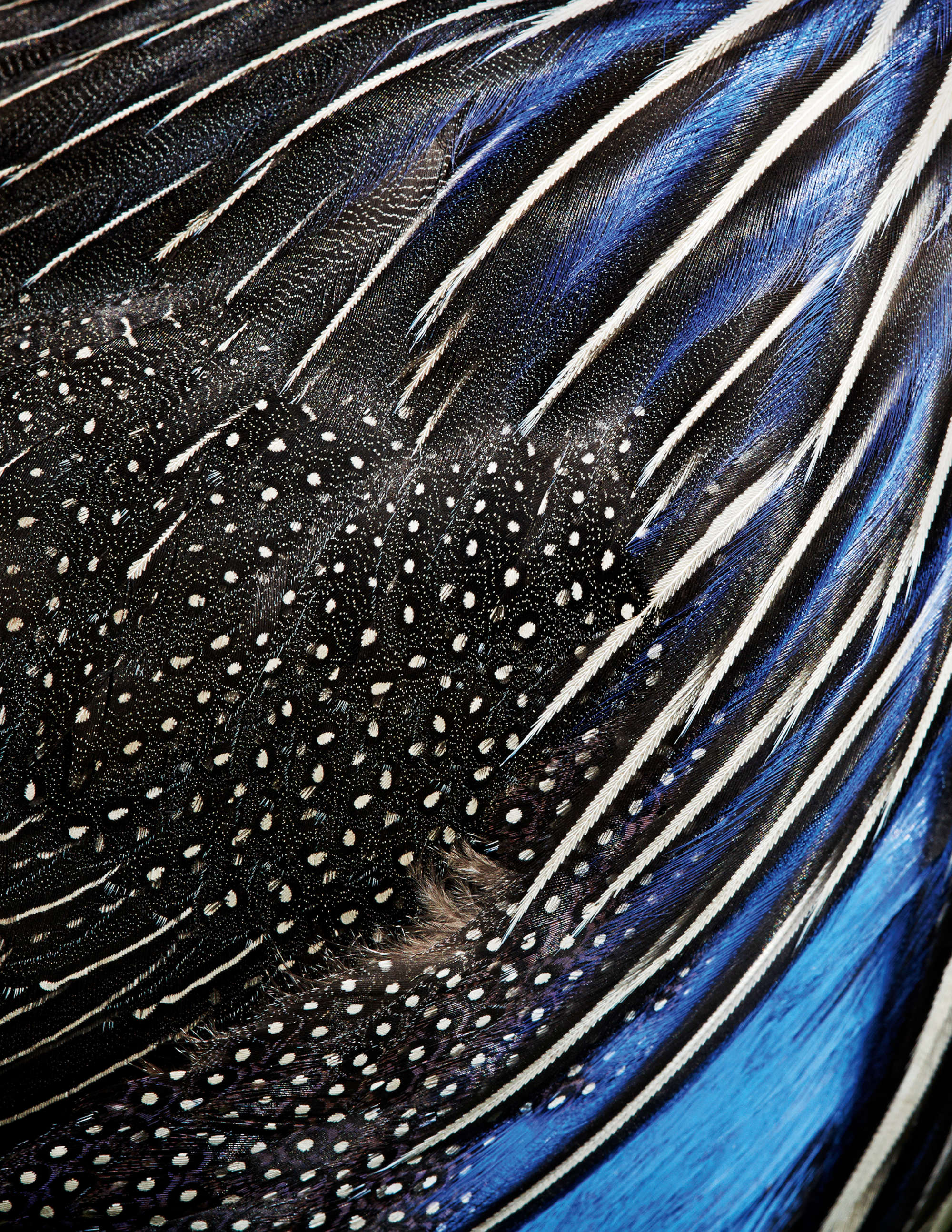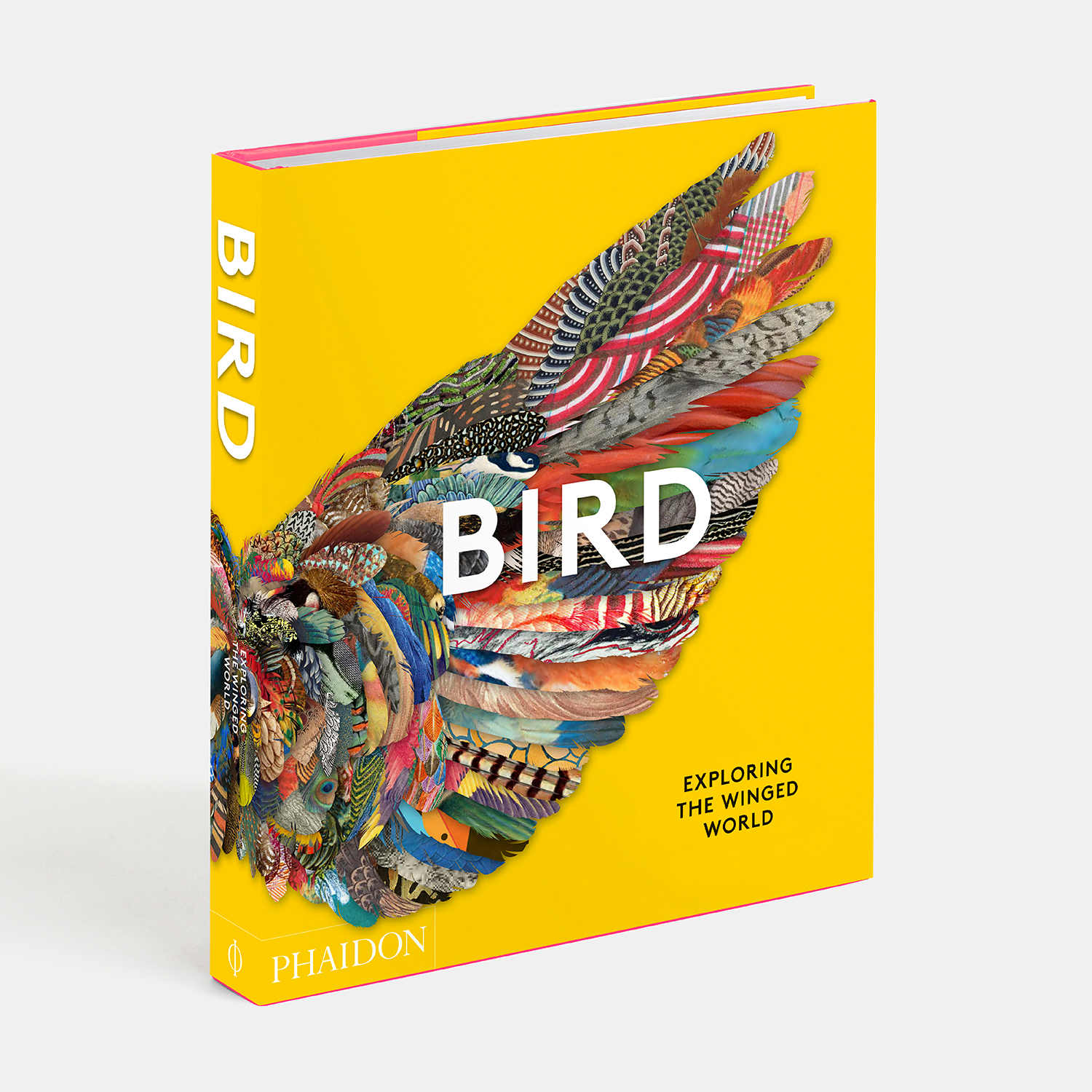
The bird that caught a fashion photographer’s gaze
Our new book, Bird, features some feathers that wouldn't be out of place on a Milan catwalk
The avian kingdom can outstrip our man made world in so many ways. Our new book, Bird: Exploring the Winged World illustrates just how beautiful, efficient, varied and engaging birds are in their behaviour, innate abilities, and evolutionary adaptations. The book presents a dazzling collection of bird-themed images, created by painters, sculptors, photographers and illustrators, as well as botanists, advertising creatives, cartoonists, and other image makers.
In this book, we see how birds and their likenesses have been used to do everything from encouraging peace and expressing national pride, to celebrating the harvest and even selling beer.
In a few instances, birds' natural features have taken the place of artificial creations, to demonstrate how ornithological details can best mankind’s own creativity. Consider the work of the German fashion photographer Thomas Lohr. He’s more used to shooting human models in the latest collections, yet he recognises a beautiful detail when he sees one.
“Only a ruffle of feathers alerts us to the fact that this abstract design is actually part of a vulturine guineafowl, a large bird from northeast Africa related to chickens and turkeys,” explains our new book. “Specifically, we are looking at an area just in front of the bird’s right wrist, the ulna and radius of the guineafowl’s forearm, draped in spotted feathers that are overlaid by a sea of soft, electric-blue plumage.”

“The image, taken by Lohr as part of his collection Birds, presents an abstract landscape of dunes and pools pouring diagonally across the scene, curving in front of the central apex of the wing’s base before cascading away. As we look closer, it becomes clear that the smoothness of the surface of the blue and white stripes is scarred by minute ridges, the gaps between the feathers’ barbs, the thin elements branching from each feather’s shaft and hooking onto its neighbours.
“On the flat surface of the wing, we begin to see breaks in the spots surrounding the larger white dots (a marvel of complex, cellular development). The focus on the structure of the feathers is appropriate: the guineafowl’s sensational plumage is caused not just by the patterning of pigment but also by the microscopic structure of the feathers, preferentially reflecting and scattering blue light. Lohr’s portrait presents us with a novel view of the bird: a motionless study of the intricate architecture of an inherently dynamic creature.”
To see how Lohr photo fits in alongside many other works of a similar feather, order a copy of Bird here.